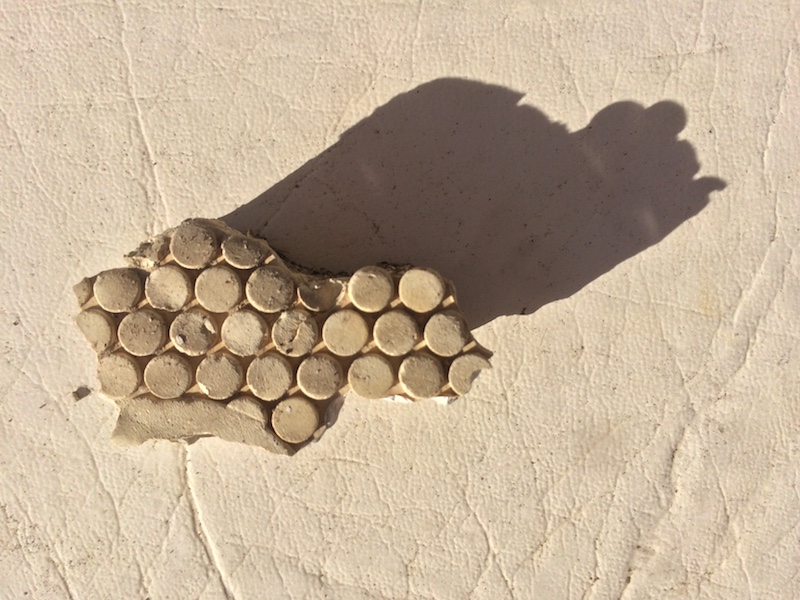thoughts

On the difficulty of moving boundaries
- June 26, 2014
- ethnography, theory
For quite a while now, many scholars in anthropology have argued for a new way of practicing and looking at anthropology while pointing out the important intersection between their field and contemporary art. Most of them also argue that such an approach is largely being ignored in anthropology. This might have been true a few years back but as far as I can see, today, there are many different ways in which anthropology as a discipline is trying to engage in new practices and trying to ‘learn from artists’.
There is the Harvard Sensory Ethnography Lab that I’ve already mentioned in a previous blog post, there are also many anthropologists writing on the subject like Schneider & Wright or Anna Grimshaw and there are projects like the exhibitions of ‘Ethnographic Terminalia’ that have been part of the annual meetings of the American Anthropological Association since 2011. So while I wouldn’t necessarily argue that there hasn’t been thought, said or written much about ‘pushing the boundaries of anthropological scholarship’, there has indeed been done close to nothing to actually move them.
Why do anthropologists like Tim Ingold write meticulously on how anthropology or even science as a whole is wrong about almost anything they assume while presenting those ideas in the most conventional textual form? This practice seems to be symptomatic for anthropologist wandering on the unsettled grounds where art and science intersect.The approaches have very well found their way into anthropology as a topic of discussion but they haven’t found a way of causing an actual shift in anthropological practice and methods.
This might only be a matter of time. But either way, this problem seems to go back to the question of how to draw the line between art and science.